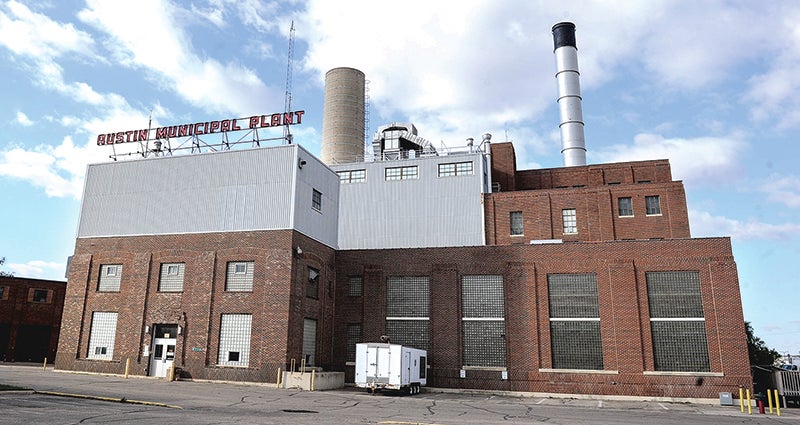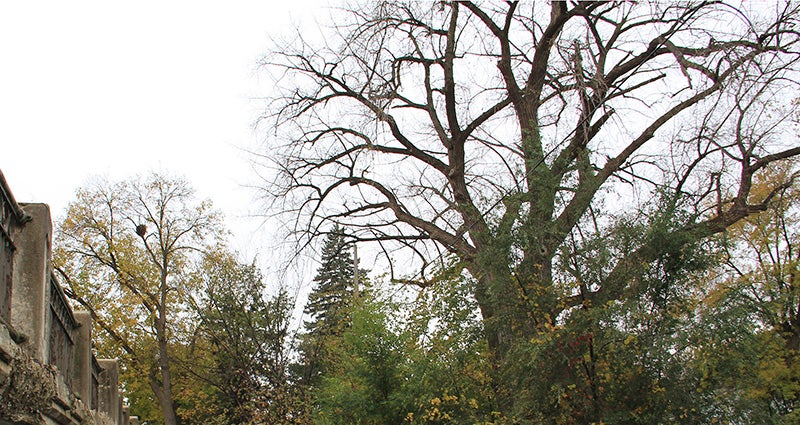Dog pound in trouble (with video)
Published 8:17 am Tuesday, September 28, 2010
“With the state facing a $6-plus billion deficit, we don’t really think more state aid is going to come,” Dankert said. “When it comes to funds to build things, it’s not like money is growing on trees. The (city) council has to decide what it wants to build.”
Community Service Officer Jim Dugan has worked at the city shelter among his other duties for almost 10 years. During that time, he’s fixed practically everything there is at the city animal shelter. The shelter, which can accommodate 14 to 15 dogs and about 16 cats on a regular basis, needs plenty of attention to keep operations running.
“My concern is to try and keep this thing running,” Dugan said. To that end, he’s found all sorts of ways to fix problems that arise with the facility. When the shelter’s plastic litter boxes became too cracked to work properly, Dugan started collecting and using empty beer flats to replace them, which makes litter cleanup easier.
That’s not an easy task, considering the facility, in use since at least 1976, has a very small budget. According to Police Chief Brian Krueger, the city budgeted $13,880 in supplies and fees, not counting staffing costs, for the pound.
The facility looks small from the outside, tucked away in a corner of the wastewater facility grounds. Gated off, the front of the facility is comprised of six cages, usually filled with dogs. The barnyard scents of various wastes and cleaners hits people immediately after stepping inside a locked door. To the right of the front area lies a small room where, amongst other supplies, a cooler is used to keep dead animals until they can be properly disposed of, while further into the small facility is a row of pens that house dogs and other large animals. Tucked into the southern part of the facility is a room full of kennels and small cages, where cats and other small animals are housed. There are signs of age and rust everywhere.
“I can’t even believe the thing is standing,” said Kelly Rush, a MCHS volunteer who often goes to the shelter to pick up cats for the MCHS shelter.
Although a new facility would be nice, Dugan knows it would cost a lot of money, and he and the other CSOs are busy enough working within the budget they get. As things stand, Dugan feels the shelter can maintain as is for as long as necessary.
“As long as the building doesn’t leak and everything works, I don’t see why they can’t keep running it,” Dugan said.
Yet the lack of space in both the city shelter and the MCHS shelter are becoming big problems. According to Jay Lutz, the president of MCHS, there’s been a deluge of strays and pets coming into both facilities over the past couple of years, making housing and cleaning at both facilities increasingly difficult.
“We’ve outgrown our building,” Lutz said.
Lutz said MCHS is tentatively thinking about setting up a building fund for a new shelter, one that could accommodate enough pets and have enough space to create pet runs and outside areas that humane society volunteers could safely move animals to and from.
Sometimes, Lutz said, volunteers spend more time shuffling the animals around than cleaning, although general cleaning volunteers are the top need the shelter asks for. This is due to the maze of gates and runs and pet areas that the shelter was designed to use simply because, at 3,600 square feet, it isn’t a large space for a shelter. As more and more animals come to the shelter, either from the pound or off the street or from homeowners, the MCHS shelter struggles at times with overcrowding.




